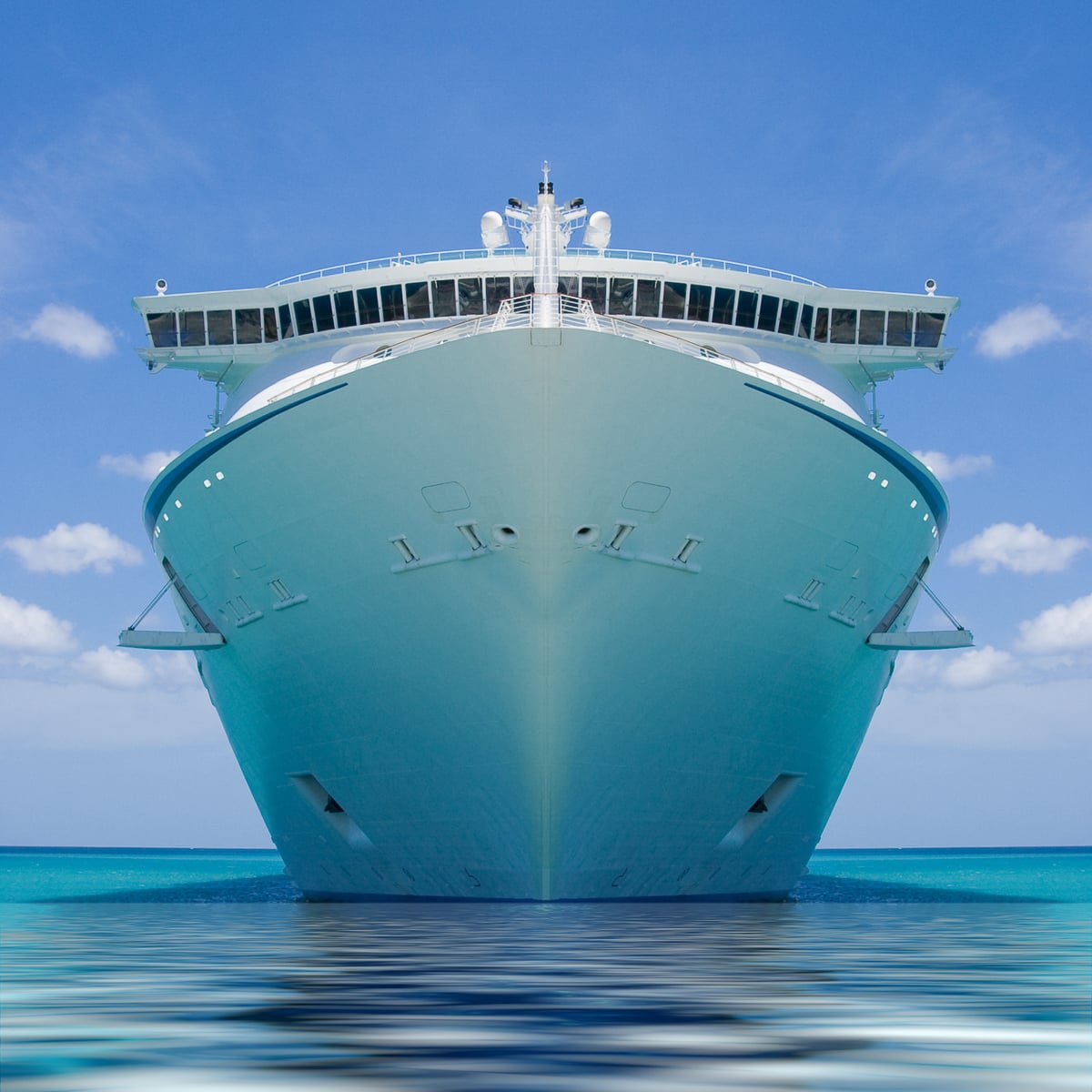Table Of Content

When it comes to ships, it spreads mostly through physical contact with sick people or handling contaminated objects. This includes sharing food/utensils and poor hygiene (not washing hands after bathroom use). The virus also spreads fecally, so you can catch it into the onboard laundry, or while changing diapers, etc. However, many passengers likely can blame a sick crewmember for the virus.
CRUISE HIVE NEWSLETTER
The Norwegian Dawn has more than 2,100 passengers and 1,000 crew on board. About 2,000 of those travelers were set to complete their journey on Sunday by disembarking in Mauritius, in the Indian Ocean just east of Madagascar, the Ports Authority said. The sick guests “experienced mild symptoms of a stomach-related illness,” Norwegian Cruise Line said in a statement Sunday. "The decision not to allow the cruise ship access to the quay was taken in order to avoid any health risks," the authority said in a statement. The most severe outbreaks were reported in Brazil, with an alarming surge in newborns with microcephaly. If the mother is infected, the virus may cause microcephaly in newborns.
Respiratory Illnesses
In confined spaces with frequent passenger turnover (like big capacity cruise ships), it is easy for diseases to spread - whether food- or air-borne, or otherwise. However, there's a tendency to cover up the severity of this issue. The hotel staff is required to implement special cleaning and disinfection procedures for sanitizing the whole ship. To do that, they use stronger solvents, like Microbac, chlorine bleach, hydrogen peroxide. The Lido Deck's bistro/buffet service switches to manned stations.
The CDC has already reported 12 outbreaks of gastrointestinal illness on cruises this year

Get enough sleep and enjoy fresh air whenever possible, and wash your hands frequently throughout the day. Once the cruise begins, it is easy to minimize your risk of contagion. Consider bringing along a travel-size packet of sanitizing wipes, and use them in your cabin to quickly disinfect handles, surfaces, remotes, switches, and other high-touch surfaces. Don’t forget surfaces like the telephone, hair dryer, and balcony railing as well. “Handwashing, cleaning your stateroom, watching what you eat and how much you eat, and making sure that you stay hydrated will go a long way in preventing these illnesses, from you catching them even if they are there,” she says. Flu season spiked early this year in the U.S., along with another respiratory illness that can be particularly dangerous for older adults, respiratory syncytial virus, which is known as RSV.
More travel tips
The cruise ship is scheduled to stop in San Francisco on Feb. 6 and Honolulu on Feb. 12 before sailing to countries in Oceania, according to the Cunard website. Data on this page are from ship surveillance reports and from CDC-led investigations. Norovirus cases have spiked across the United States this year, which some experts say is the result of ending COVID-19 restrictions. Land-based operations ("Field Service") include mobile clinics providing screening for potential surgery patients, healthcare, dental care, also mental health programs, infrastructure projects. The navies of USA, UK, Australia, China, France, Italy, Spain, Argentina, and Japan have some classes of military ships fitted with onboard hospitals.
Norovirus outbreaks on Royal Caribbean cruise ships eliminated in 2023 - Royal Caribbean Blog
Norovirus outbreaks on Royal Caribbean cruise ships eliminated in 2023.
Posted: Mon, 22 Apr 2024 15:03:42 GMT [source]
Common symptoms are cold sweat, dizziness, drowsiness, headache, nausea. When such symptoms are noticed, passengers should take precautions to prevent intensifying the disorientation. In January 2016, the CDC issued travel guidance on affected countries and suggested using enhanced precautions and even postponing travel. Guidelines (specifically for pregnant women) were issued as well.
In late February, more than 300 people aboard a Princess Cruises ship fell ill with diarrhea and vomiting, according to the CDC, though the agency didn’t cite the cause of the illness that sickened the 284 passengers and 34 crew. The Ruby Princess increased disinfection and cleaning procedures in the wake of the outbreak. In general, Legionnaires’ disease is contracted by inhaling warm, aerosolized water containing the bacteria, Legionella. Transmission also can sometimes occur through aspiration of Legionella-containing water. Typically, people do not spread Legionella to others; a single episode of possible person-to-person transmission of Legionnaires’ disease has been reported. Contaminated hot tubs are commonly implicated as a source of shipboard Legionella outbreaks, although potable water supply systems also have been culpable.
Although most port visits do not include overnight stays off ship, some trips offer travelers the opportunity to venture off the ship for ≥1 night. These excursions can complicate decisions about exposures and the need for specific antimicrobial prophylaxis, immunizations, and other prevention measures. Boxes 8-04 and 8-05 summarize recommended cruise travel preparations and healthy behaviors during travel for health care providers and cruise ship travelers. There have been 13 norovirus outbreaks on cruise ships since the start of the year, the most outbreaks the U.S. has witnessed since 2012, and more than there were in all of 2022.
Outbreaks 2017 reports
In 2013, the number of reported illness outbreaks on cruise ships was 22. The total number of infected was 2385 (of those 2249 passengers and 136 crew). In 2014, the number of reported illness outbreaks on cruise ships was 17. The total number of infected was 3559 (of those 3354 passengers and 205 crew).
To try to help prevent the spread of stomach viruses at sea, the CDC randomly inspects cruise ships and scores them on a scale of 0 to 100 through the Vessel Sanitation Program. Inspection scores of 85 and lower are considered "not satisfactory" by the agency. Though intestinal illness can spread quickly on cruise ships, outbreaks are infrequent, according to the C.D.C. On a cruise ship, however, outbreaks are much more visible and tend to make headlines.
The Cruise Lines International Association says incidents of gastrointestinal illness are “quite rare” on ships, pointing to the millions who get sick every year on land. The group said in a statement that crew members clean and sanitize using practices developed with public health authorities, including the CDC. According to the Centers for Disease Control, the outbreak affected 128 of the 1,824 passengers on the ship.
Talk to a doctor or pharmacist about any medications you should pack, such as loperamide (Imodium) to help treat diarrhea or dimenhydrinate (Dramamine, Gravol) for nausea. If your immune system is compromised, your doctor may want to prescribe something ahead of your trip.
Lauderdale, Florida on Jan. 22, shortly after which the spread seems to have begun, per ABC. The CDC's Vessel Sanitation Program continues to remotely monitor the situation, including "reviewing the ship's outbreak response and sanitation procedures." The authority said that the passengers who were due to start their cruise Sunday would not be able to do so that day and that they would have to be relocated to available hotels. They are located on upper decks and include cabins for families, couples and single cabins. Attacking a hospital ship is considered a war crime, but enemy forces have the right to board them for inspections. Seasickness manifests in different ways and is always a result of the body's attempt to correct for the conflicting inputs received from its senses.

No comments:
Post a Comment